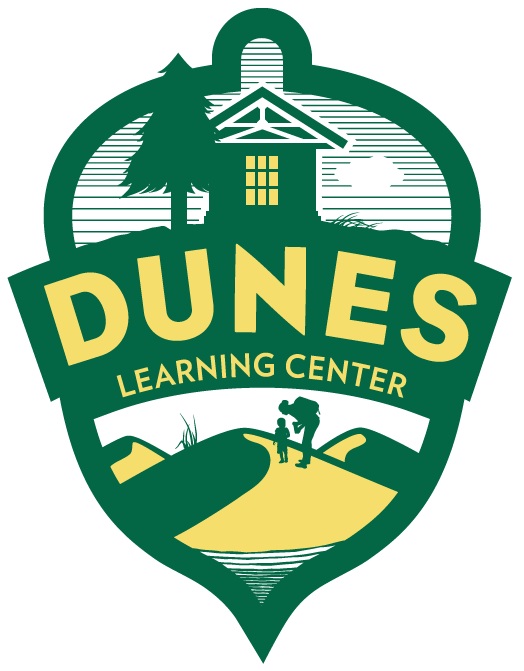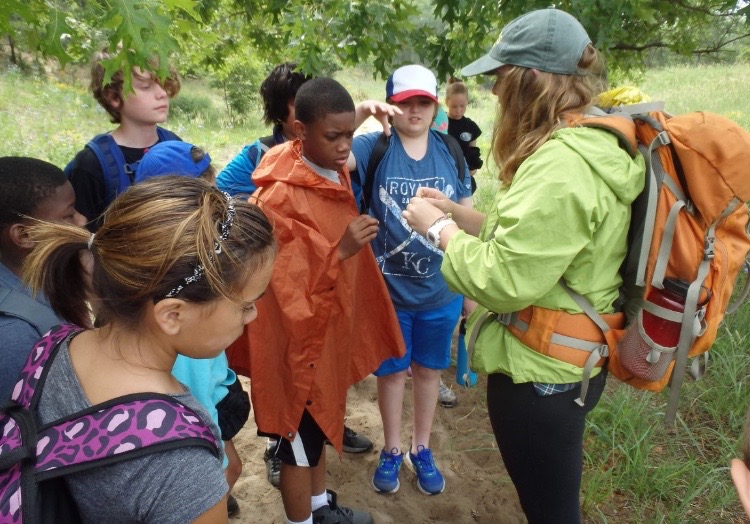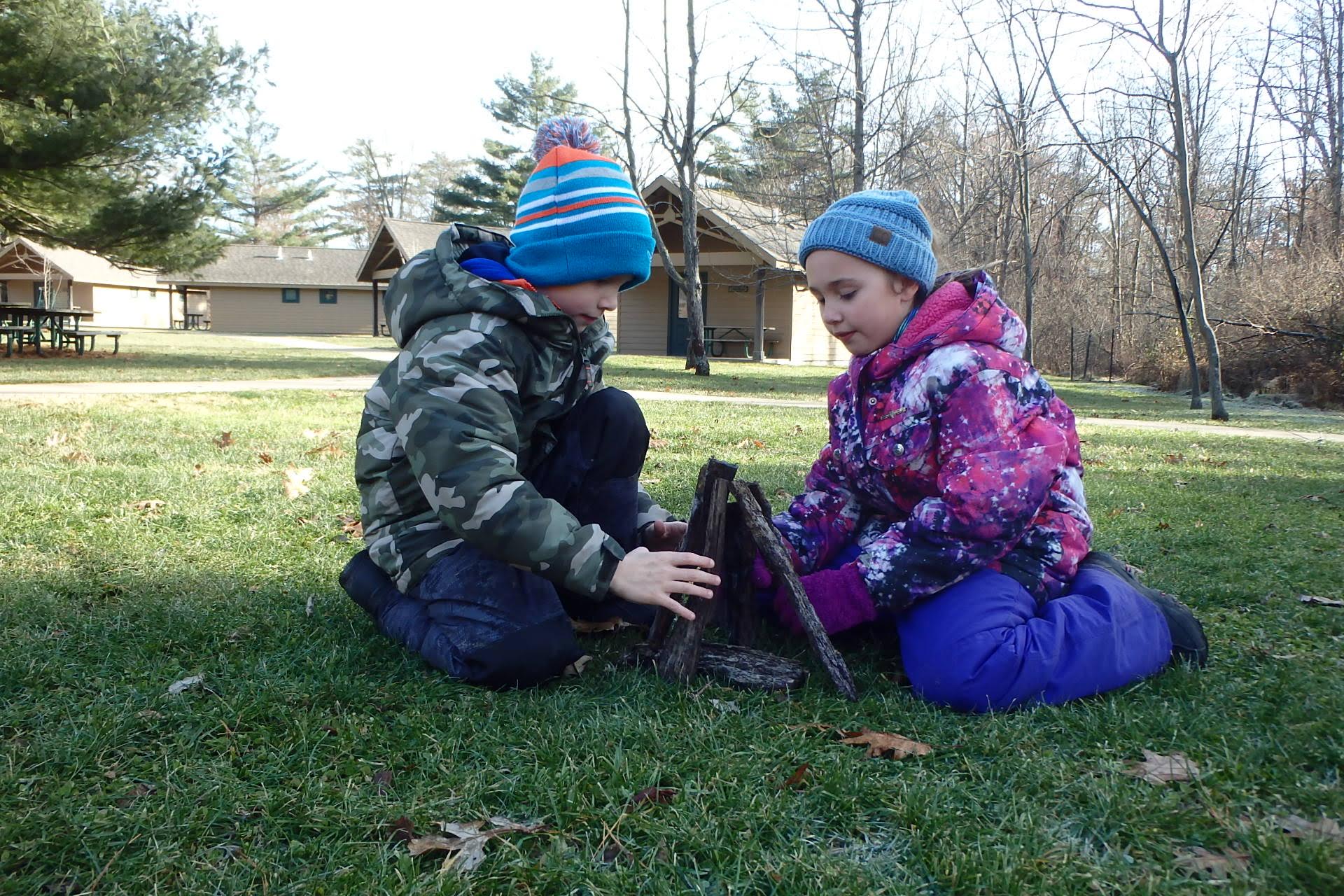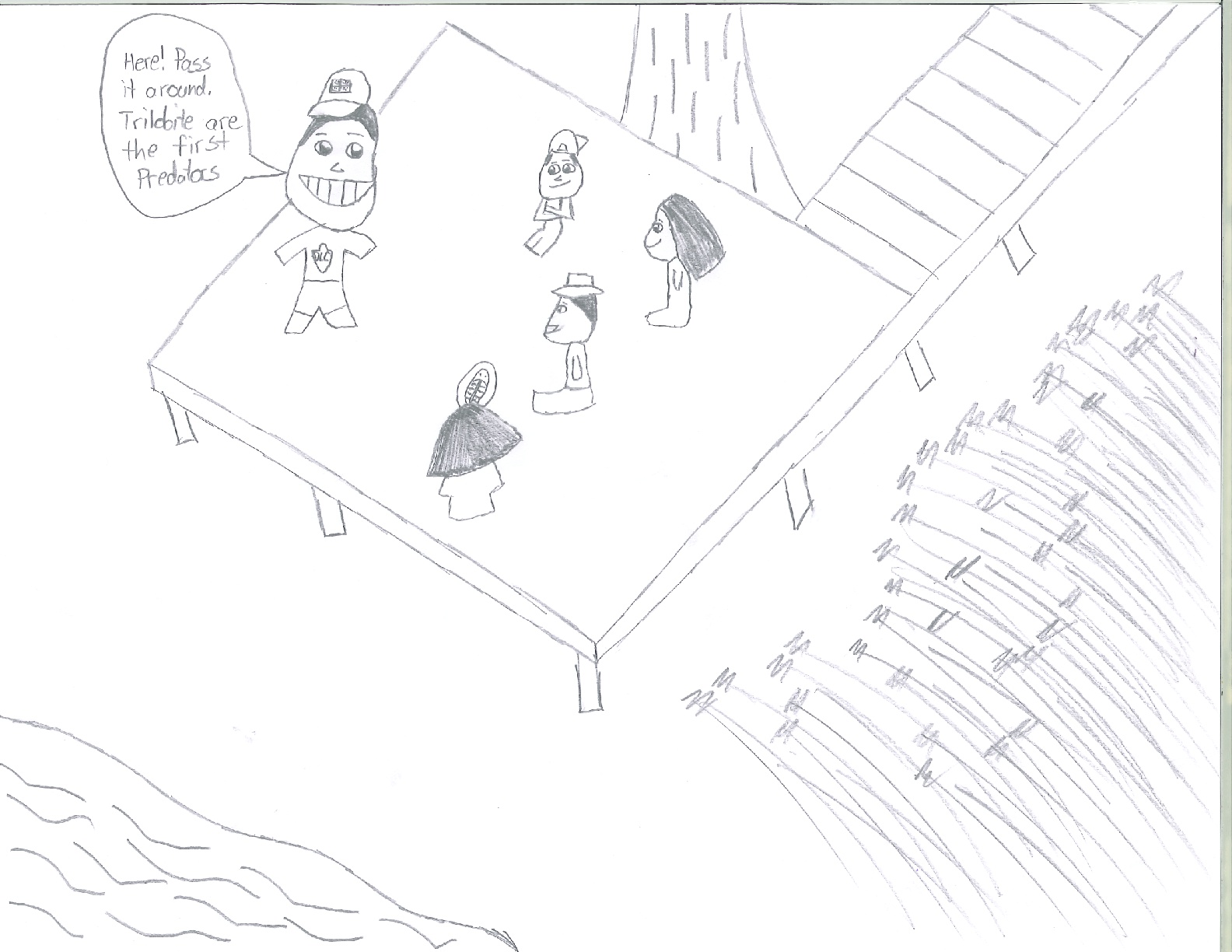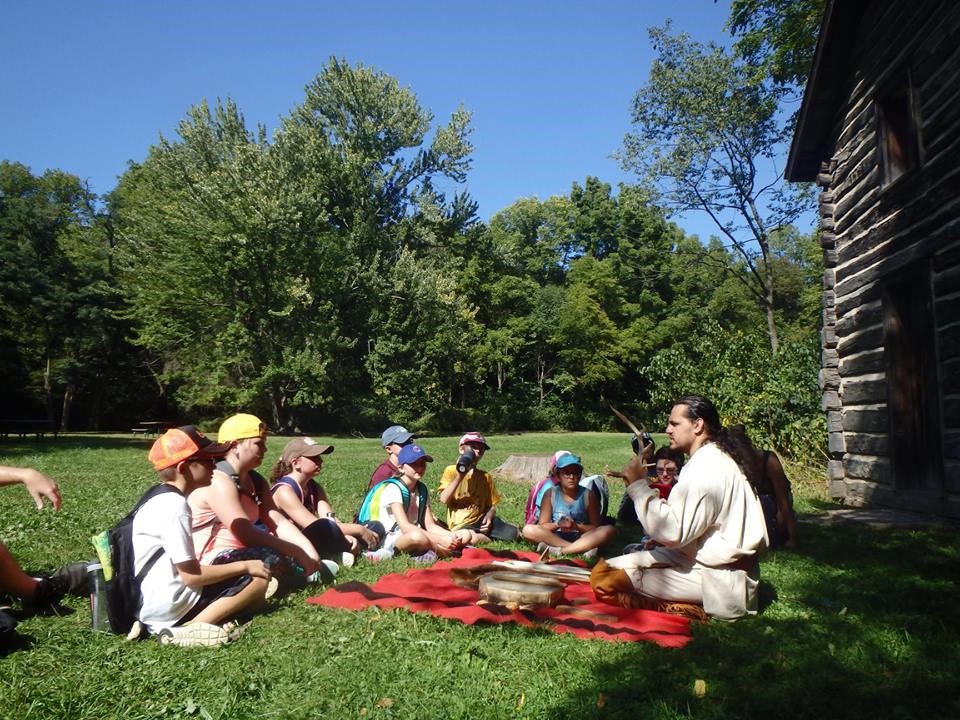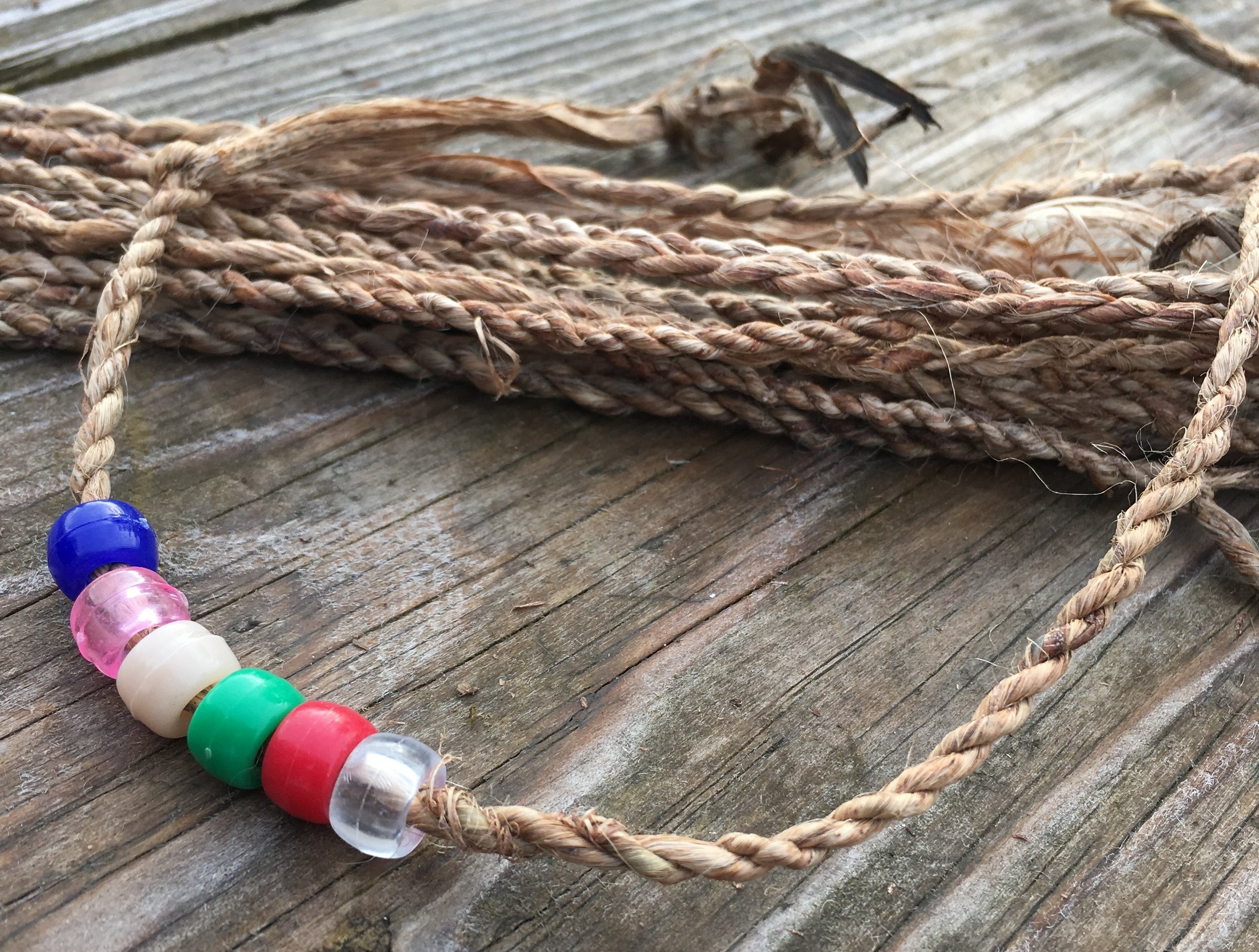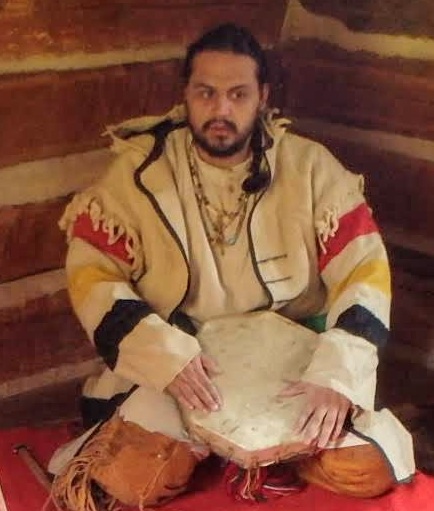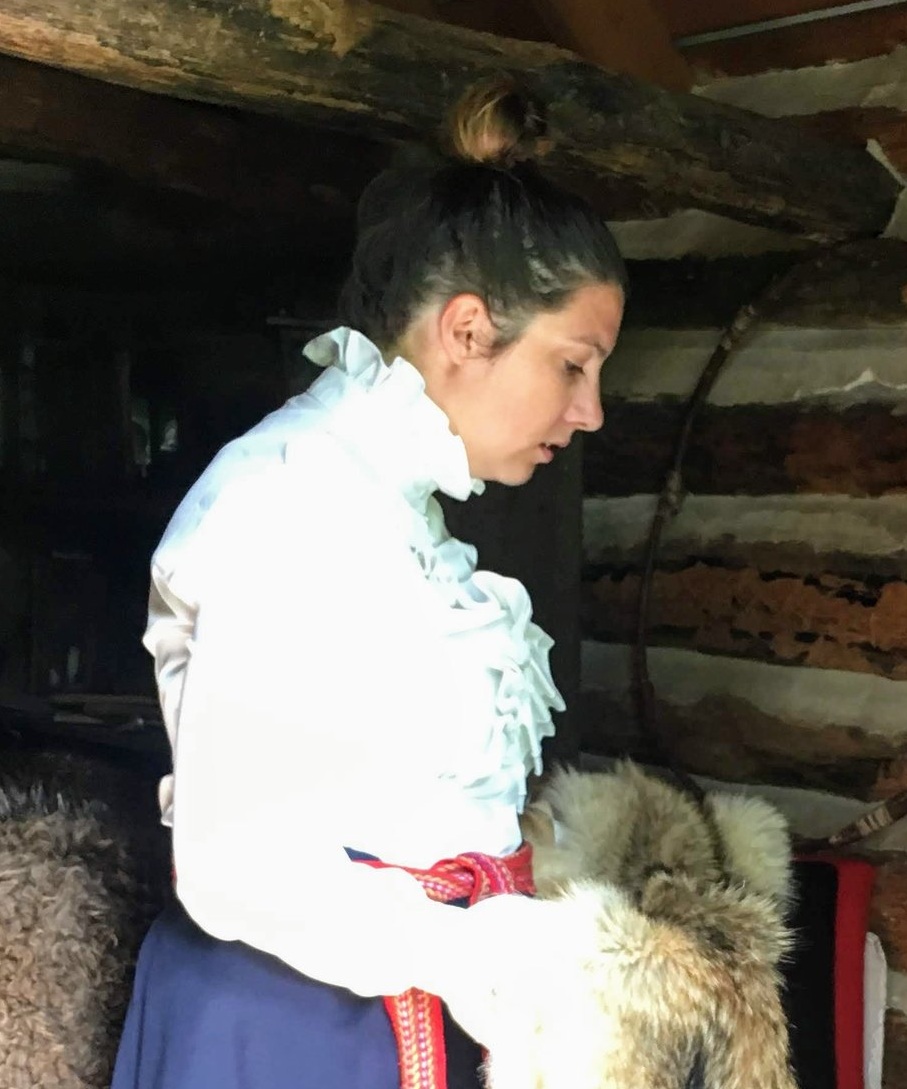Why I Teach Outside
/By Naturalist Abigail Stone Lauer
In my current role as an Interpretive Naturalist for Dunes Learning Center, I love my daily interactions with local schoolchildren and their teachers. My passion for the outdoors and environmental education is rooted in having attended summer camp myself. When I was seven, I went to an overnight camp in northern Michigan, which was my first experience away from my family. I learned an important lesson about independence in the outdoors -- how to be adaptable in new environments and challenge myself.
My first mentor in nature was one of my counselors. Ethan was a person that I looked up to from a young age. He had a way of connecting to each individual camper and sharing his personal passion for the outdoors in a wholehearted, genuine way. Eventually, I ended up working at Camp Lookout and falling in love with nature because of mentors like Ethan.
Spending time outdoors has helped me to stretch myself and grow in ways I had not expected, particularly getting out of my comfort zone. This has become my mantra and I learned it from my camp counselors, mentors, and family. When I was in college deciding what I wanted to be when I grew up, I realized I am happiest in nature and working with children. I teach students what I have learned from all of the people who have influenced me to this day.
As my time as a Naturalist at Dunes Learning Center comes to an end, I think of how formative this experience has been for me. During the last year, I have spent every day with students, facilitating hands-on education through the natural world in a safe and positive learning environment.
Each naturalist gets a project during their year at the Dunes Learning Center. My project is the Naturalist Notes section on our website. Every month, I get the chance to read and send in stories from the trail including amazing experiences my co-workers and I have had. I have been working on my own Naturalist Note for a while, and wanted to share why I chose to be an environmental educator. For me, it’s simple: my classroom is outside, it’s hard to beat, and someday I hope to have an impact on my students the way others have influenced me. Kids need nature and nature needs kids.
Abigail Stone Lauer
Naturalist
